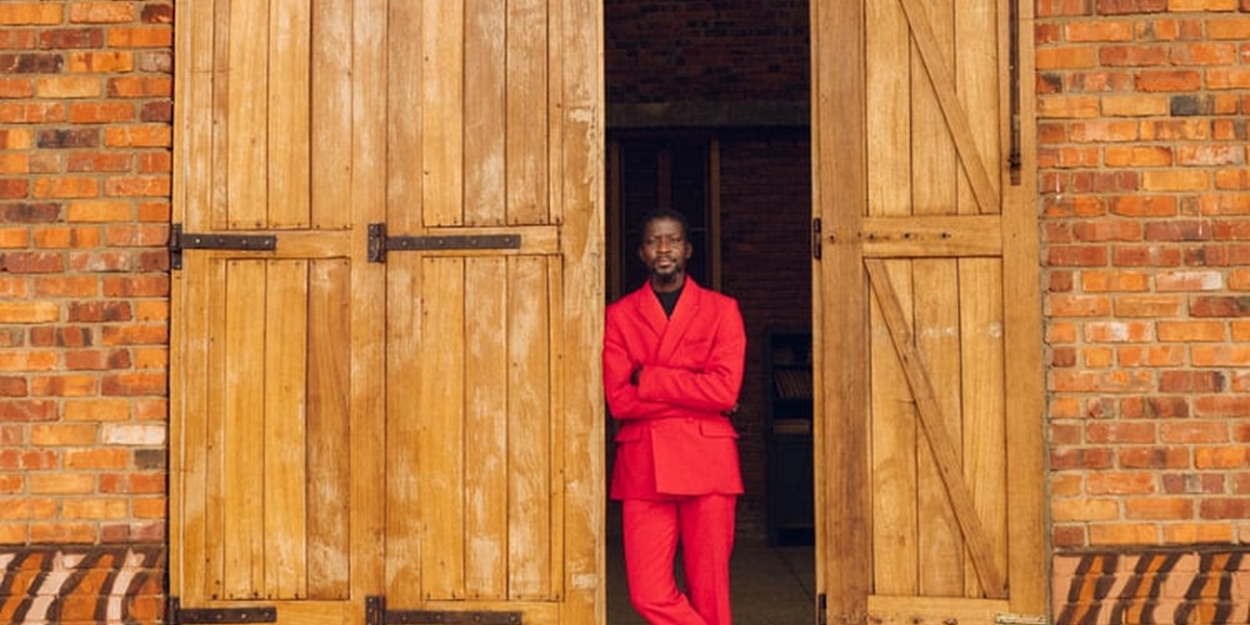Dia and Sam Gilliam Foundation Announce Inaugural Sam Gilliam Award Recipient
The award includes a $75,000 gift and the presentation of a public program at a Dia location in fall 2024.

Dia and the Sam Gilliam Foundationannounced today that Ibrahim Mahama has been selected to receive the inaugural Sam Gilliam Award, which includes a $75,000 gift and the presentation of a public program at a Dia location in fall 2024. Established in 2023 by a generous gift from the Sam Gilliam Foundation and Annie Gawlak, president of the foundation and Gilliam’s widow, the award will be granted annually over 10 years to an artist working anywhere in the world who has made a significant contribution in any medium and for whom the award would be transformative. Reflecting the critical support that grants provided Gilliam in developing his practice, the Sam Gilliam Award advances the foundation’s commitment to continuing his legacy as a teacher and champion of artists, and extends Dia’s mission of supporting and providing an important platform for artists.
Selected as the inaugural Sam Gilliam Award recipient by a panel of five jurors comprising Jordan Carter, curator and co–department head, Dia Art Foundation, New York; Annie Gawlak, president, Sam Gilliam Foundation, Washington, D.C.; Courtney J. Martin, director, Yale Center for British Art, New Haven; Emiliano Valdés, chief curator, Museo de Arte Moderno de Medellín, Colombia; and Zoé Whitley, director, Chisenhale Gallery, London, Ibrahim Mahama was chosen from a long list of artists nominated by a group of international curators and museum directors. Mahama was selected in response to his continuous growth as an artist, in terms of the complexity, scale, and responsiveness to site in his multifaceted material practice, as well the meaningful impact of his ambitious work as a community-oriented practitioner.
Deploying patchworks of reused materials in large-scale textile and found-object installations, Mahama transforms built environments and gallery interiors into spaces for critical reflection on the social lives of objects. Collaboration is key to his practice, as materials are collectively gathered, remade, and installed. Furthering a communal approach beyond his installations, Mahama channels proceeds from his work into establishing interdisciplinary institutions in Tamale, Ghana, utilizing a circular economy to drive cultural regeneration and social transformation.
“I am deeply honored to have been selected as the recipient of the Sam Gilliam Award. I was first introduced to Gilliam’s important work as a student by my mentor Kąrî'kạchä Seid'ou, and it has been greatly influential to me ever since. The most important aspect of any community is to share their many gifts, even if they are born out of precarity, for within that point do we expand freedom to all life forms,” said Ibrahim Mahama.
“Sam’s role as an educator and advocate for other artists, especially young and emerging, was of central importance to him and a critical component of his life’s work, and we are honored to continue his legacy in championing rising artists,” said Annie Gawlak. “Dia is the ideal partner for advancing Sam’s vision, and I’d like to thank them, the rest of the selection committee, and L. Franklin Gilliam, who participated in every step of the process, for bringing the award to fruition.”
“We are so pleased to announce Ibrahim Mahama as the first recipient of the Sam Gilliam Award. Mahama champions collaboration in his work; just as he gives renewed purpose to the materials he collects and recycles into artworks, he revitalizes his communities by turning castoff structures into institutions for convening, learning, art-making, and collective growth. This award honors both sides of his sophisticated practice,” said Jessica Morgan, Dia’s Nathalie de Gunzburg Director.
The Sam Gilliam Foundation selected Dia as their partner in developing the award based on the institution’s longstanding history of providing vital support to artists in the realization of ambitious projects and in building widespread public appreciation of their work. From 2019 to 2022, Dia presented a major installation of Gilliam’s work from the 1960s and 1970s that situated Gilliam’s practice in dialogue with that of Minimal and Postminimal peers at Dia Beacon, highlighting his career-defining innovations. The long-term display featuredtwo drape paintings, both titled Carousel II (1968), installed together by Gilliam to form Double Merge (1968). In 2021, Dia made the historic acquisition of Double Merge, thereby enshrining Gilliam’s work—and legacy—within its collection.

Videos

